A Guide to the Different Digital Illustration Styles
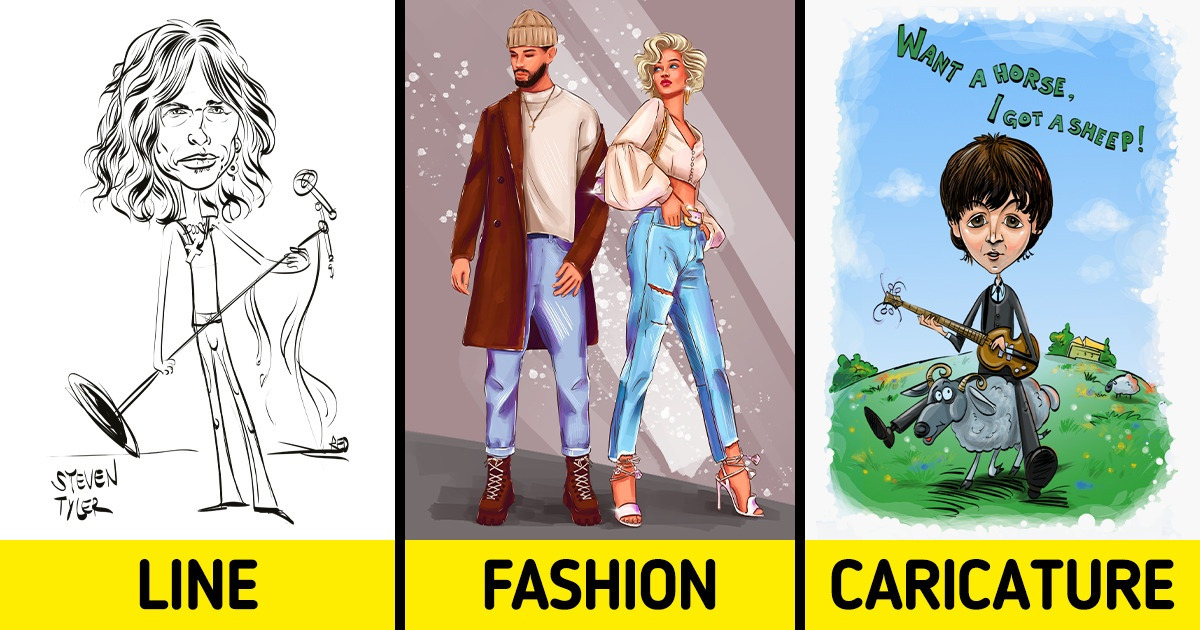
An illustration is an essential tool when it comes to easier and simpler storytelling and the exchange of ideas. Different styles of digital illustrations are used for different purposes. In this article, 5-Minute Crafts wants to show you some of the styles that can be used in video games, books, social media, advertising, and more.
❗️Disclaimer: This isn’t, by any means, a comprehensive study of the genres of illustrations, and it’s not meant to replace any professional advice. Many other styles are not included here because it would be impossible to put them all in one article. This article is a guide designed to bring you closer to digital illustration in a fun way.
A. Types of digital illustration
1. Anime
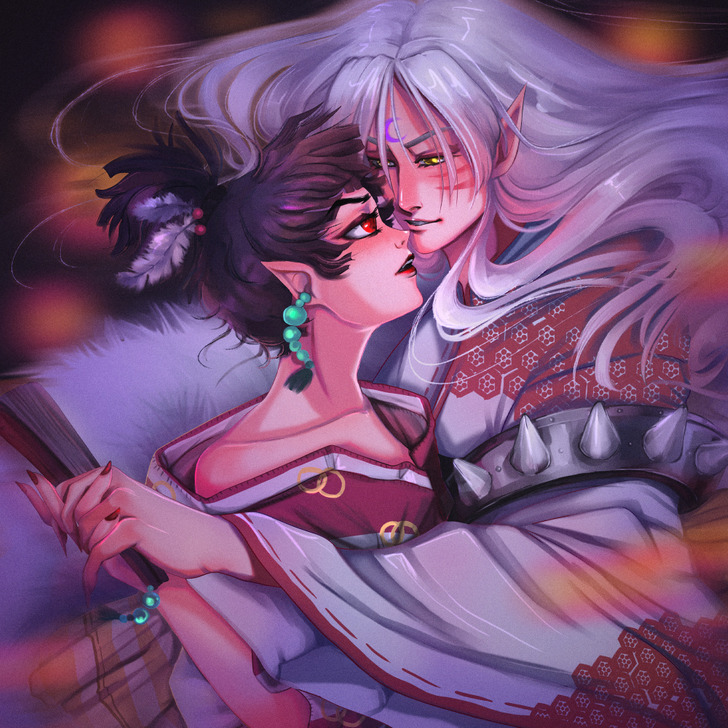
The anime (short for animation) illustration style is originally from Japan, created in the early 1900s. It is a very stylized type of animation that is usually published in comic books (manga) and graphic novels. Stylistically, it differs from western cartoons because it uses long lines and intricate details, which gives it a more romantic look. It can be done in 2D or 3D. This type of illustration is mostly aimed at adults. The characteristics of the style are:
- wild hair
- large expressive eyes
- emotive mouths (small and demure or large and evocative)
- exaggerated physical proportions of body shape (the women are illustrated as hyper-feminine with doe-eyes and a lithe body, while the men are illustrated as incredibly muscular)
2. Caricature
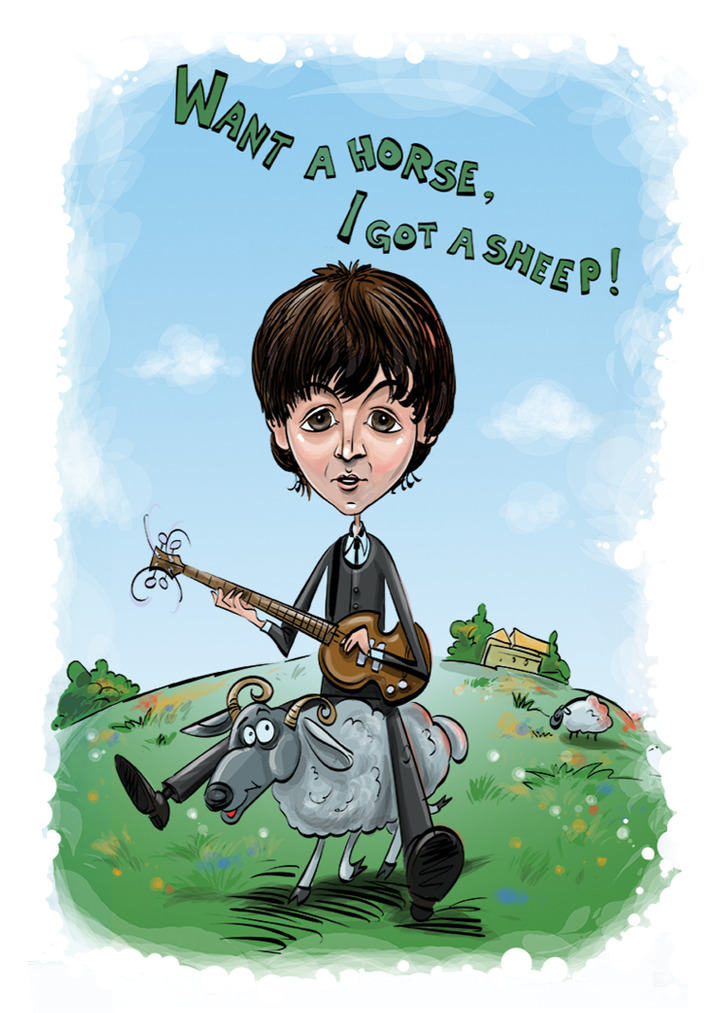
A caricature is a form of illustration that uses an exaggeration of the physical characteristics of its subjects to achieve a comic or satirical effect. The targets of caricature are usually public figures such as politicians or actors. An illustrator who deals with this type of illustration is called a cartoonist or caricature artist. The basic characteristics of this style are:
- simplification
- exaggeration
- large heads
- small bodies
3. Cartoons
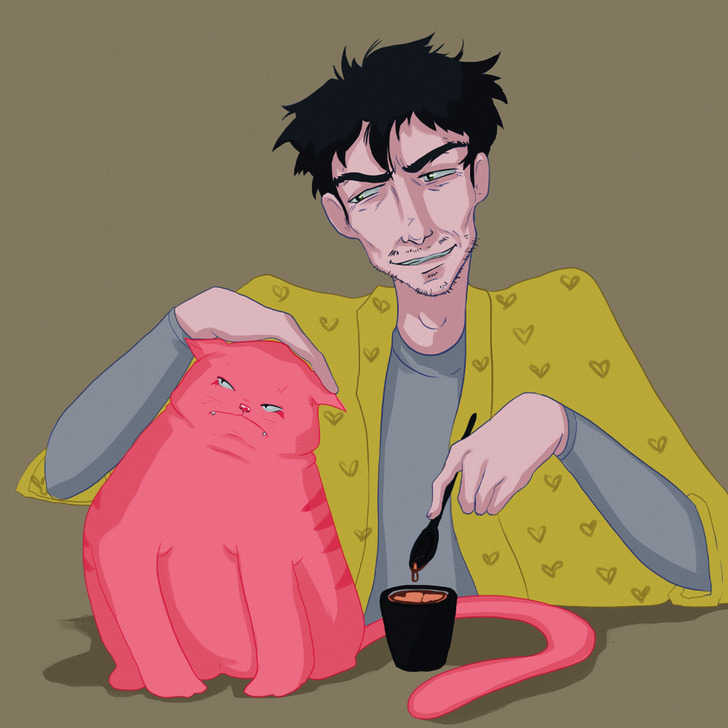
Cartoons are simple drawings that are mainly used for children’s books and picture books. They can exist as a single illustration. Style can vary from non-realistic to semi-realistic. Cartoons can be used in communication or education to present an idea in a simple and easy-to-understand visual style.
4. Picture books
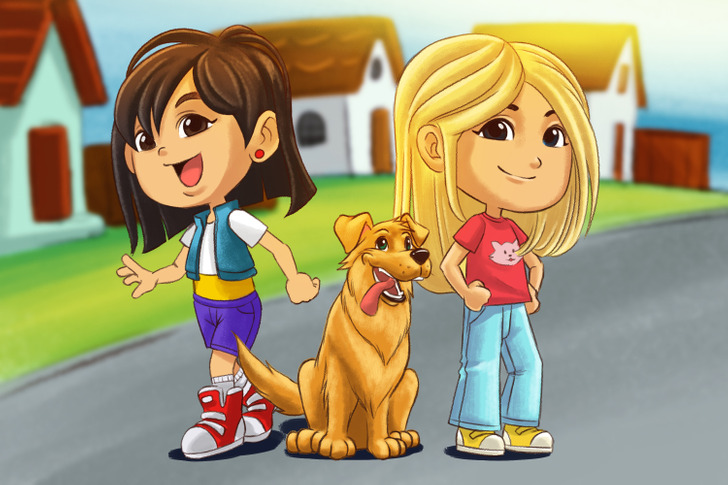
Children’s books bring ideas to life with the help of pictures and thus help children learn and understand the words of the story. These illustrations are usually very expressive and contribute to bringing the book to life and allowing for creativity and vivid imagination. They are a big part of learning how to read and developing language and vocabulary skills.
5. Comics
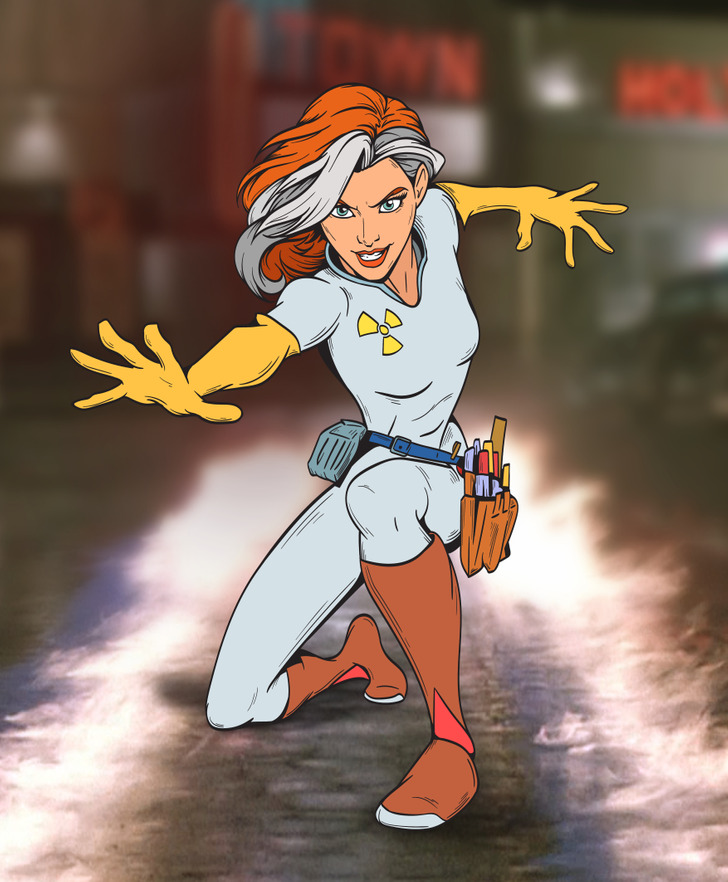
Individual scenes (panels) of comic art make up comics. These panels are accompanied by dialogue or captions. So authors can be both illustrators and writers. Comics can be dark, funny, or even weird. The style can vary from non-realistic to semi-realistic. Comic strips are traditionally used for entertainment and comic effect, as well as for editorial commentary.
6. Commercial art
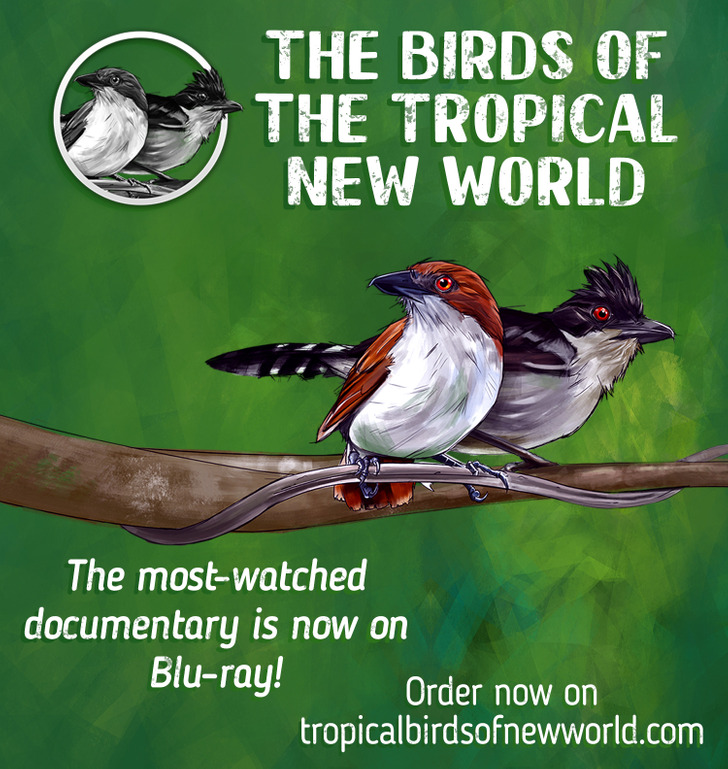
Advertisers use images to sell products or services. This type of illustration is called commercial art. The main goal is to drive sales and awareness. Artists design commercial art for magazines, logos, billboards, and packaging. While the illustrator designs mass-produced images to help sell products and raise visibility. When it comes to commercial art, there is little room for creativity because it responds to the wishes of clients, but some of the most innovative illustrations can also be created here.
7. Concept art
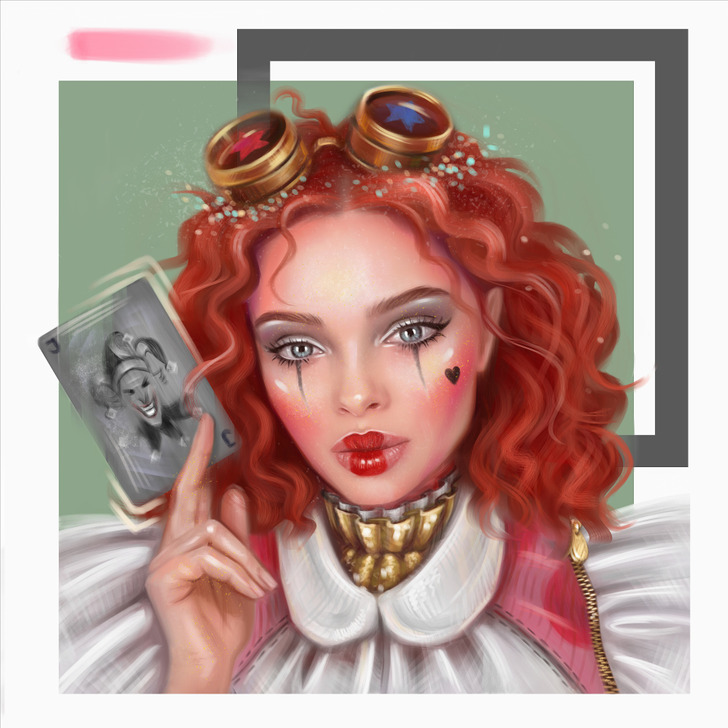
Concept artists create original characters for video games, commercials, movies, comics, or graphic novels. During the production, they will develop and polish their conceptual art with input from producers, developers, and clients until the final design is signed off on. Even though concept art is not technically a digital illustration, an illustrator can be hired to do both.
8. Fantasy
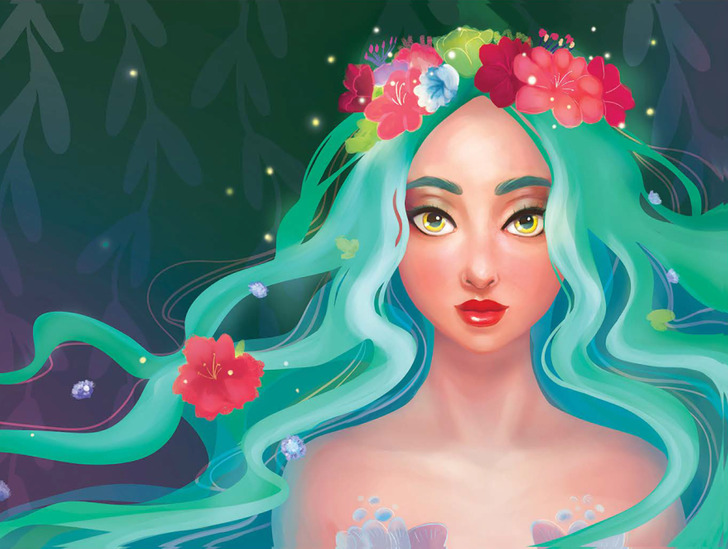
Fantasy art is very imaginative and requires the skills to build new worlds and unique works of art. It creates new worlds, beings, and realms with unlimited possibilities. This type of illustration is used for fantasy books, book covers, games, and movies. Fantasy art relies on mythology, employing mythological tropes such as creatures, warriors, maidens, and heroes. It can also delve into abstract surreal, supernatural, and sci-fi using a mixture of styles limited only by the artist’s imagination.
9. Fashion
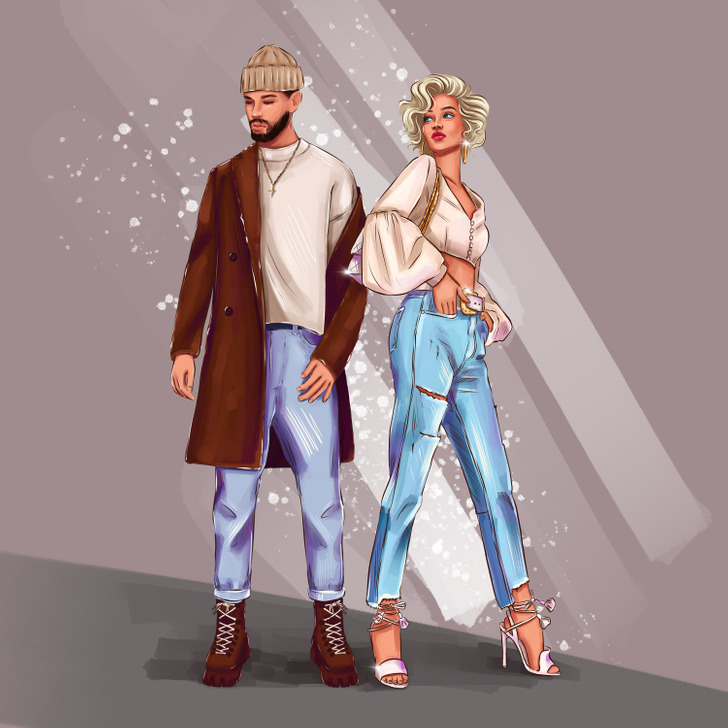
In the fashion industry, fashion illustration is used to represent drawings of clothing, shoes, and accessories for commercial use. Also, this type of illustration is used in fashion magazines as part of an editorial feature and for advertising. This type of illustration communicates the ideas of a designer’s collection. In the beginning, sketches are drawn that represent conceptual representations of garments and looks within a collection. They are then polished to show the intricate details of an outfit. Fashion illustrators must know the form of the human body well and how clothes fit it. They also need to have a good understanding of how the fabric behaves.
10. Fine art
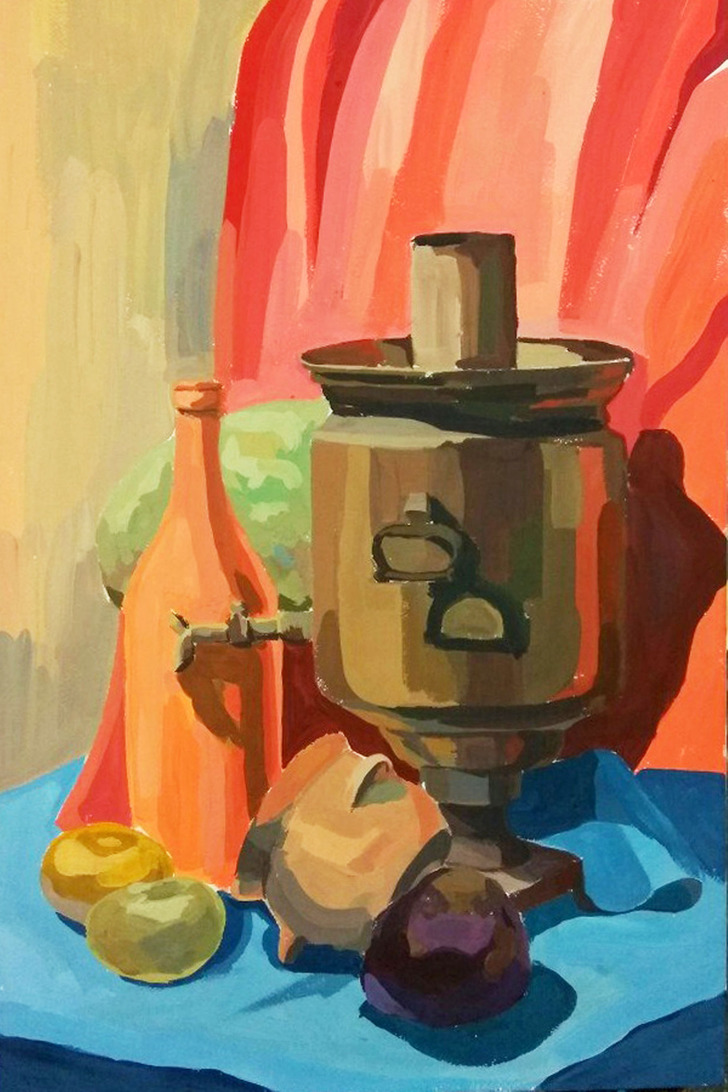
Fine art is the highest form of decorative or applied art and it’s created with only one goal, enjoyment and meaningfulness. It might communicate an idea or an emotion. Fine art is expressed in painting, sculpture, pottery, furniture, architecture, metalwork, film, photography, design and conceptual art, etc.
11. Line art
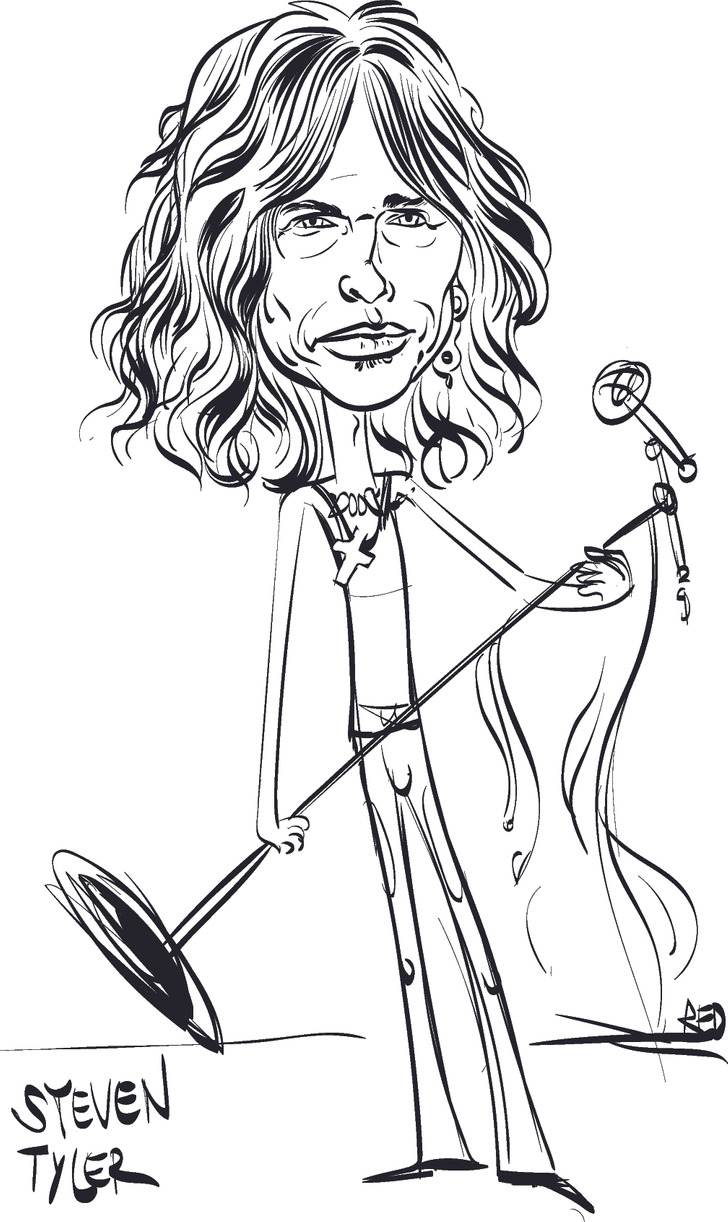
Line art uses rudimentary lines, shapes, and colors. The focus of this style is on form rather than intricate details like gradients, shadows, and hues. It can be done in 2D or 3D. Line art can be used for concept drawings or preliminary sketches or in combination with other colored images. Examples of line art can be found in comic books, literature, and logos. The elements of line art are:
- direction
- curves
- weight and quality of the line
- hatching (lines in the same direction)
- crosshatching (lines that cross)
12. Realism
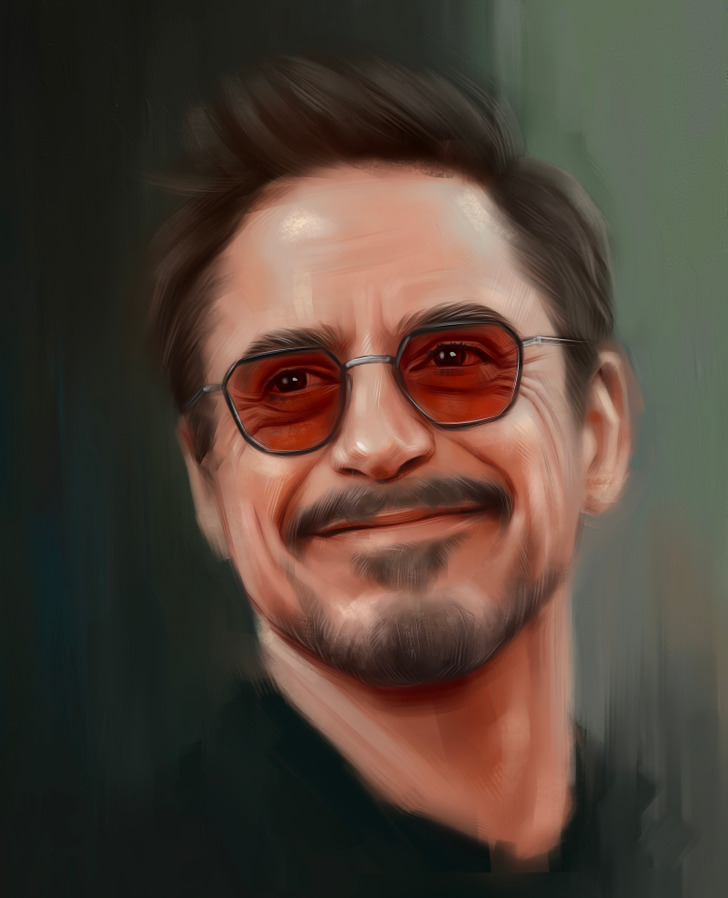
This is the most complex style of illustration, and its creation can take weeks or months. Realism is a style that tries to show characters, perspectives, and details as close to reality as possible. While photorealism is the reproduction of an illustration that resembles photography as much as possible. In realistic art, style is expressed through a realistic depiction of subject matter, composition, lighting, and focus. This style can be found in book cover art, fine art, film plates, landscape paintings, advertising, etc.
13. Retro
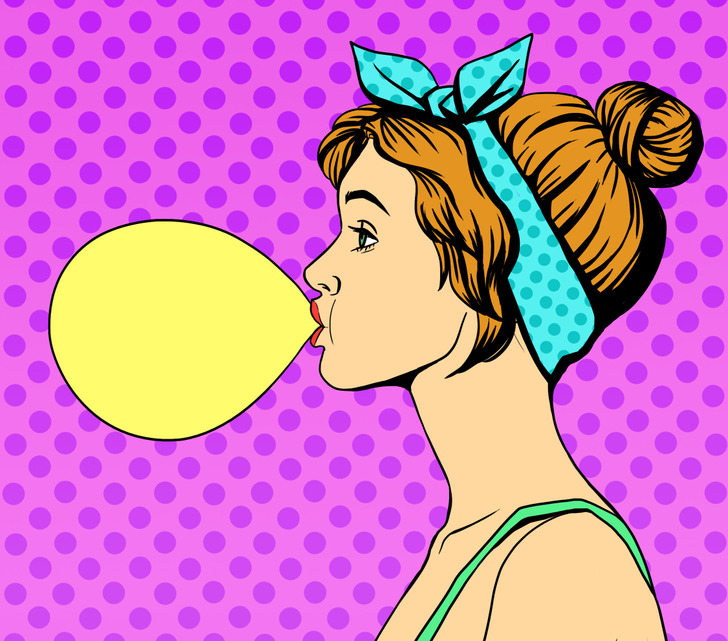
Retro illustration or vintage art refers to the creation of styles from the recent past. The name comes from the word retrospective, which means to look back. This style has an old-fashioned look and feel. And, it is also highly nostalgic. The retro style puts the focus on fashion, advertisements, poster art, and pop art from the 1940s and 1950s. This style was used in fashion, lifestyle, and social settings and was bold in its graphics and strong colors. Retro art is used for commercial purposes, advertising, retail, product artwork, etc.